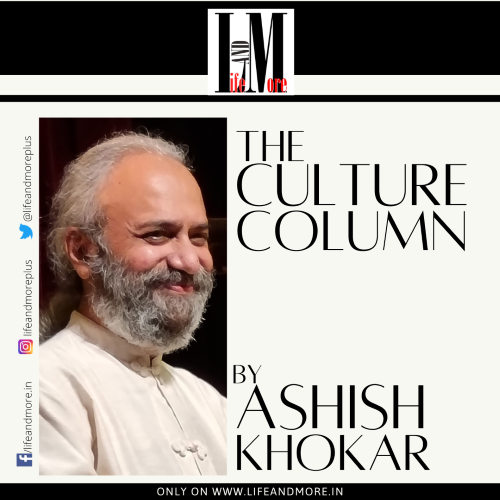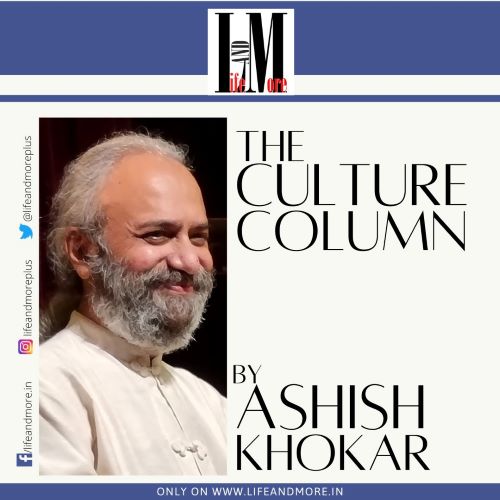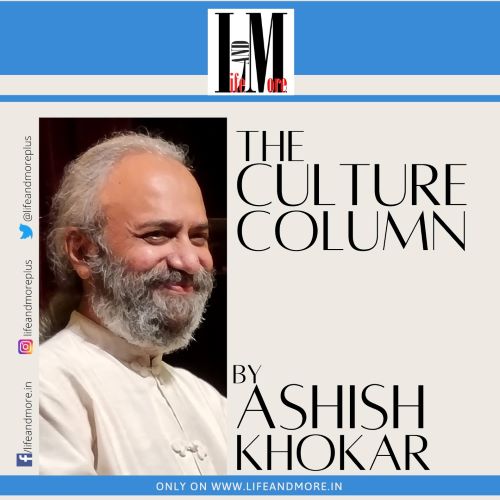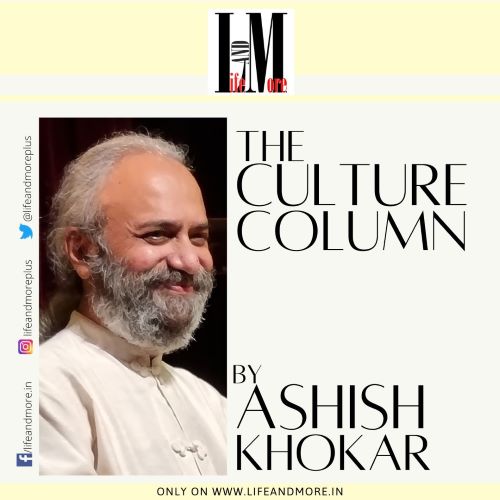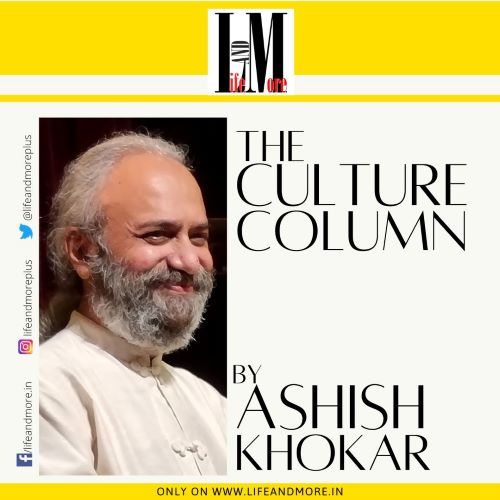Akumal Ramachander Unusual name. Unusual man. An alien as he often called himself. Possessed by more than a missionary zeal to help arts and artists; a brilliant mind and heart of gold. A world citizen, even if born in a village, with roots in Mulkanaddu. Mother’s side in the court of Mysore Maharaja and father, an Army […]Read More
Ashish Khokar loves and serves Indian arts and culture selflessly, by writing, documenting, filming, archiving, celebrating and awarding. 45+books, over 5000 articles, work with 10 inter/national organisations make his work the gold standard of the field. More details on www.attendance-india.com
Kalidasa once said: Creepers and artists need support. Let me refresh your memory. The Gupta rule (4th -5th century) saw the rise of Kalidasa, a classical Sanskrit and Prakrit author, easily considered one of the greatest poet and playwright of ancient India. His plays and poetry are primarily based on Hindu Puranas and philosophy. His […]Read More
One is in the official state of Lord of the Universe literally, Jagannath! He is everywhere. Even in the lift, as in photo below, one can see the devotion. The beauty of Odiya culture is its total surrender to Lord Jagannath through flowers, food and fan club of the lord. On every table, in most homes […]Read More
What better time than today to recount this immortal poem by poet Iqbal …Saare Jahan Se Achcha Hindustan Hamara. Hindustan is a concept; Hinduism, a philosophy. India is an amalgamation of many states, regions, kingdoms put together that held by a common belief. After the Indus age, the pre and post-Vedic ages (see chart for […]Read More
When parents name their new borns, often there is astrological, family or social realities to consider. I was originally named Arvind, after Sri Aurobindo. My eyes were like buttons and stood out, hence Arvind meaning eyes ( like lotus). Lochan got added! Why? The story comes in a while. How good ideas and bad names […]Read More
Today is the 15th. Of June. On the 15th of May, Vidisha ki Vidhushi Malti Joshi, veteran writer and poetess popularly also known as Malwa ki Meera, passed away after a period of illness. Her eyes saw much in the almost 90 years she was on planet earth and her smile said it all. Vidushi Malti […]Read More
As Independence Day approaches, I’m reminded of Swaraj is my birthright slogan. Today it has a totally new meaning: I ,me, myself. Tilak, Bal (nothing childish about him) Gangadhar was a Puneite. Well, that’s how we remember him even if he was born in Bombay he was brought up in Pune. Growing up in Punjab […]Read More
Raja is not a word, it is a state of being. Raja aadmi means dil se raja – large hearted. Not merely royalty. Merely? Them royals might kill me and the story of Seraikella killings come to mind. Seraikella Chhau on cover of Surya mag (March 1977) of Maneka Gandhi Seraikella is a small principality which […]Read More
Ram… Rama…Ramayeti dominated the cultural eco system last month. With the official opening of the Ram lalla temple at Ayodhya, many artistes made a beeline to visit and have the chance to perform there. Was is to get political or media eyeballs or just sheer devotion, or both, only they can say. Each to own. […]Read More
Leave it to our artistes (performing) or artists (plastic) to live up to the demands of times. Through their art works, they try make a statement, reach out and bring ordinary concepts centre stage. Sonal Mansingh did that at HABITAT with Karmayogi, which profiles the PM without even once showing his photo on stage. This […]Read More


